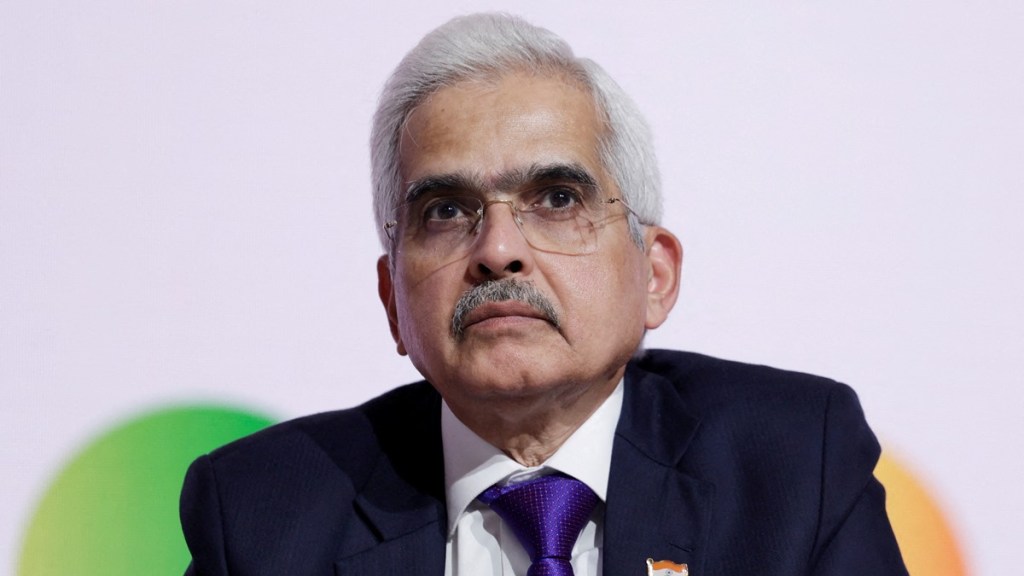Lower borrowings by the Centre in 2024-25, which has already softened yields on government securities (G-secs), will help bring down inflation, Reserve Bank of India governor Shaktikanta Das said on Monday. “The lower quantum of borrowings is growth-inducing, and it has some positive impact as it would help stabilise inflation,” Das said after the customary post-Budget Board meeting of the central bank here.
He further said more funds would be available to the private sector for investment. In the interim Budget presented on February 1, the Centre announced a reduction in gross borrowing by 8.4% on year to Rs 14.13 trillion for FY25, lower than what the market had anticipated. The 10-year G-sec yield reacted by declining 9 bps to close at 7.06% on February 1 compared with the previous day.
“When borrowings are less, it naturally has an impact on the bond markets,” Das said.Aided by robust non-tax revenues and some savings under the capex budget, the Centre has further lowered its fiscal deficit target to 5.8% of GDP for FY24 from the budget estimate of 5.9% and pegged it at 5.1% for FY25, more impressive than the market expected, which saw this as an anti-inflationary election budget. The Centre is on track to achieve a fiscal deficit of 4.5% of GDP by FY26, as envisioned in the medium-term glide path, which could boost its credentials for a sovereign rating upgrade by global rating agencies.
“I think there is every reason to believe that the government will adhere to the path of fiscal consolidation — whether 30%, 40%, 50% (Centre’s debt-to-GDP ratio), I would not like to comment on that.”The Centre’s debt-GDP ratio which was at a peak of 60.8% in the Covid-impacted 2020-21 is pegged to be 56% in 2024-25 due to fiscal consolidation undertaken by the Centre.On likely further cooling of yields due to the inclusion of G-Secs in the JP Morgan Bond Index from June, Das said “We would like to leave it to the market to determine what should be the bond yields.”This could result in FPI inflows of at least $18-22 billion into Indian G-secs through the fully accessible route during June-March period of FY25, according to rating agency Icra.

